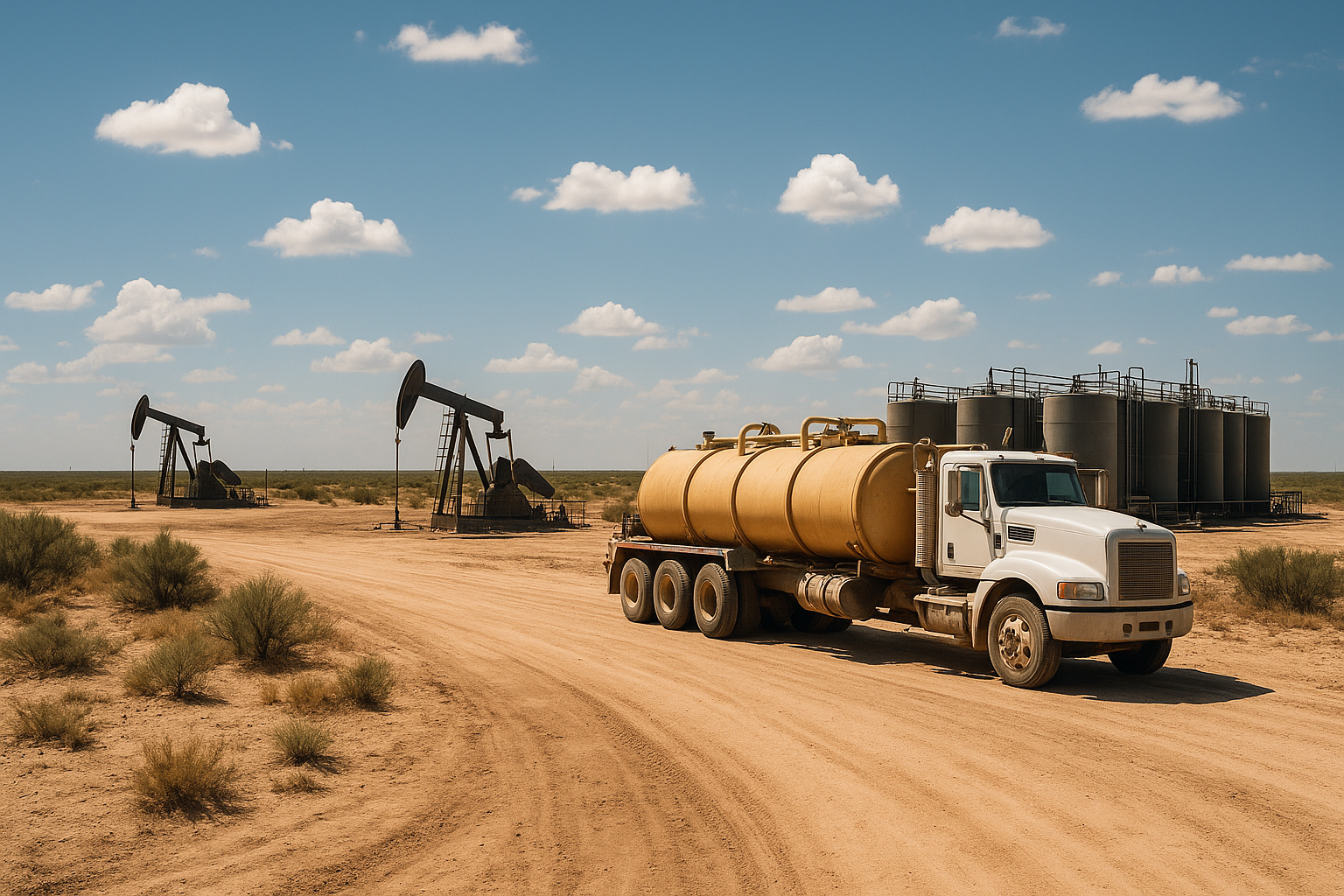Inside the Permian Basin: Production, Players, and the Water Management Crisis

Where Is the Permian Basin?
The Permian Basin spans West Texas and southeastern New Mexico, covering over 75,000 square miles. Centered around cities like Midland, Odessa, Pecos, and Carlsbad, the basin is the most productive oil region in the United States — and one of the most active in the world.
It consists of multiple stacked formations, including:
- Delaware Basin (western side)
- Midland Basin (eastern side)
- Central Platform (uplift between them)
These formations make the Permian incredibly rich in hydrocarbons — but also extremely water-intensive to operate in.
Big Names in the Permian Basin
Some of the largest U.S. and global energy companies operate in the Permian, including:
- Occidental Petroleum (Oxy) – One of the region’s top producers
- Chevron – Has expanded rapidly through Permian acquisitions
- Pioneer Natural Resources – Recently acquired by ExxonMobil
- Diamondback Energy, Devon Energy, and ConocoPhillips – All major players with multi-rig operations
- XTO Energy (ExxonMobil), Shell, and Coterra Energy – Also active across multiple counties
These companies rely on a massive ecosystem of service providers — from frac crews and wireline companies to water haulers and disposal site operators.
Permian Annual Oil & Gas Production
As of 2025, the Permian Basin produces:
- Over 5.8 million barrels of oil per day
- 18–20 billion cubic feet of natural gas per day
That accounts for nearly 45% of U.S. oil output.
But this production comes with a hidden cost: produced water. In some wells, 4 barrels of water are produced for every 1 barrel of oil. Managing this water is now the #1 operational and environmental challenge facing the basin.
The Biggest Challenge: Water Management
The Permian’s biggest challenge is no longer drilling or completion — it’s handling the flood of produced water that comes with every barrel of oil.
Key issues:
- Saltwater disposal wells (SWDs) are reaching capacity
- Seismic risk regulations are restricting injection volumes
- Trucking water from remote sites is expensive and slow
- Recycling water is possible but not yet widespread
As regulations tighten and costs rise, operators are urgently seeking smarter, more reliable water logistics partners.
Find Your Right Partner with OilServeMap
Whether you need disposal services, mobile treatment units, or reliable hauling vendors, OilServeMap makes it easy to search, compare, and connect with trusted oilfield partners in the Permian Basin — no login required.